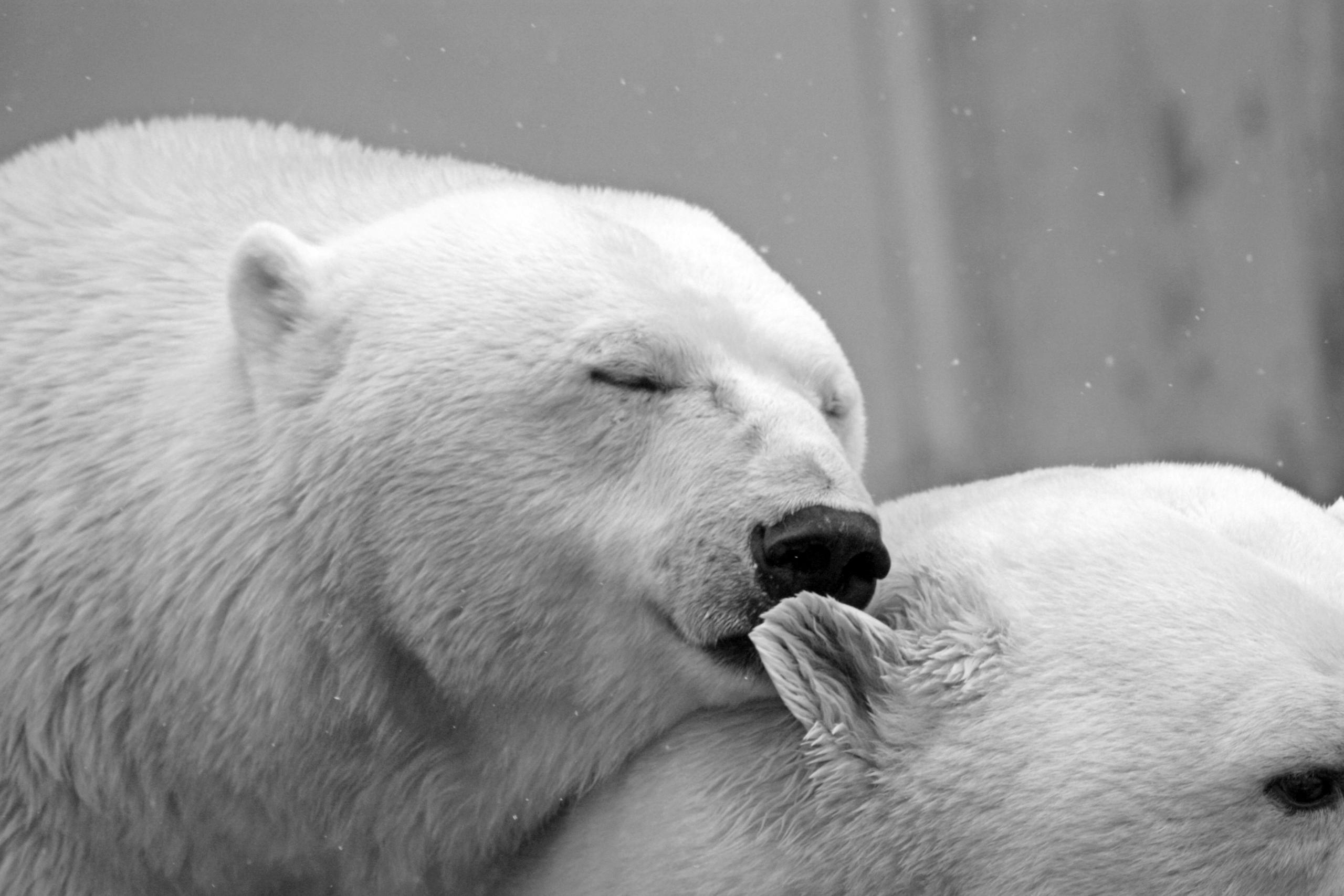The polar bear, a symbol of strength and survival, is one of the most iconic animals of the Arctic. As the largest bear species, it plays a crucial role in the Arctic ecosystem. In this article, we’ll explore where polar bears live, their behaviors, why they are such an important part of Canada’s wildlife, and tips on the best places to see them in their natural habitat.

The Polar Bear: Largest of the Bear Species
The polar bear is the largest bear species on Earth, known for its immense size, strength, and remarkable ability to thrive in the harsh Arctic environment. Its unique adaptations, such as its thick layer of fat, powerful paws, and dense white fur, make it perfectly suited for surviving in the cold and ice.
What Are the Characteristics and Lifestyle of the Polar Bear?
Polar bears are uniquely adapted to the harsh, icy conditions of the Arctic. Their massive size, thick layers of fat, and dense white fur make them perfectly equipped to survive the extreme cold. Their fur provides insulation and camouflages them against the snow and ice, helping them blend in while hunting. Despite their white appearance, their skin underneath is black, which helps absorb heat from the sun. Polar bears have large, powerful paws with sharp claws for gripping ice and catching slippery prey like seals. Their partially webbed paws make them excellent swimmers, capable of covering vast distances in search of food.
Polar bears are primarily solitary animals, much like the Canada lynx. They live most of their lives alone, except during mating season or when mothers are raising cubs. Mating occurs in late spring or early summer, typically from April to May. After mating, the female undergoes delayed implantation, allowing her to build up fat reserves before the egg implants in the fall. Pregnant females give birth to 1-3 cubs in December or January in dens they build in the snow.
Polar bear cubs are born blind and helpless and weigh around one pound. They remain in the den nursing until they are strong enough to venture outside in the spring. Polar bear cubs stay with their mothers for about two years, learning to hunt and survive before becoming independent. Polar bears can live up to 25-30 years in the wild, though survival rates are low due to the harsh Arctic conditions.
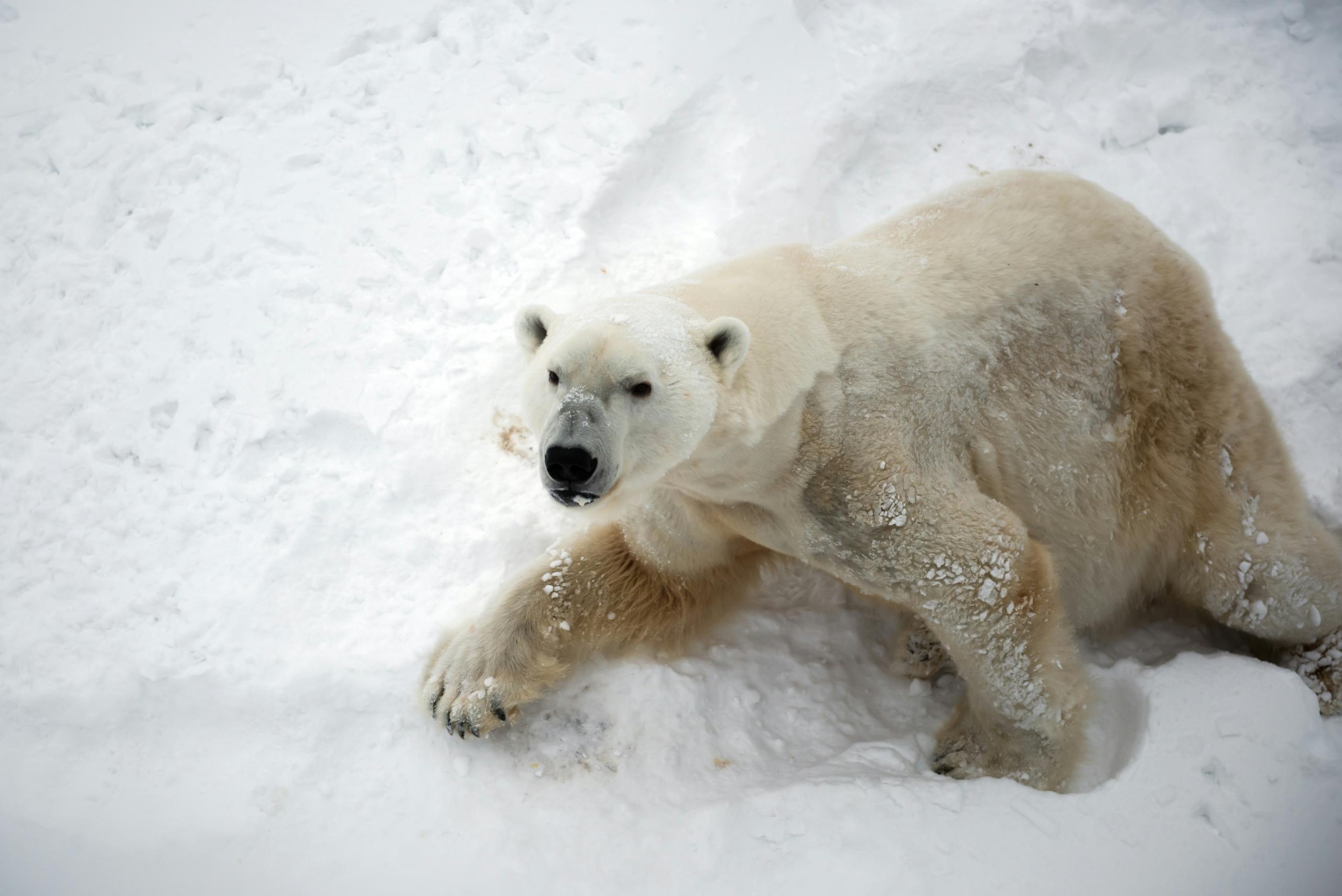
Are Polar Bears the Biggest Bear?
Polar bears are the largest species, often outweighing other bears such as grizzly and black bears. Male polar bears typically weigh between 900 to 1,600 pounds, while grizzly bears weigh between 400 and 790 pounds, and black bears average 150 to 600 pounds. This size difference gives polar bears a significant advantage in the Arctic environment, where they are the top predators.
While polar bears are almost exclusively carnivorous, feeding mainly on seals, grizzly bears, and black bears have a more varied diet, including plants, berries, and small mammals. Polar bears rely on sea ice to hunt, making them highly dependent on the frozen Arctic habitat, whereas grizzly and black bears live in forests and mountains, foraging for a wide range of foods.
Socially, polar bears tend to be solitary except for mothers with cubs or during mating season. In contrast, grizzly and black bears are more likely to gather in groups, particularly around food sources like salmon streams.
Polar bears don’t hibernate like other bears except for pregnant females.
What Do Polar Bears Eat, and How Do They Hunt?
The polar bear’s diet is highly specialized, primarily consisting of seals. They rely on the high-fat content of seal blubber to survive in their frigid environment. Polar bears hunt by waiting near seal breathing holes in the ice, ambushing their prey when it surfaces to breathe. This method of hunting is known as “still-hunting,” and it requires patience and precision.
Although seals are their preferred prey, polar bears are opportunistic feeders. In the absence of seals, they have been known to eat walrus, birds, small mammals, fish, and even vegetation in times of scarcity. However, these secondary food sources do not provide the high-fat diet polar bears need to thrive, and they cannot survive long-term without regular access to seals.
Where Do Polar Bears Live?
Polar bears are found throughout the Arctic region, which includes countries such as Canada, Russia, Greenland, and the United States (Alaska). Canada is home to roughly two-thirds of the global polar bear population, making it one of the best places in the world to observe these magnificent creatures. Polar bears are most commonly found along the coastlines, on sea ice, and in regions with access to their primary prey: seals.
During winter, polar bears spend most of their time on the sea ice, hunting for seals. As the ice melts in the summer, polar bears move inland or further north, following the ice edge as it recedes. They rely heavily on the ice for hunting, as seals are most easily caught near breathing holes in the ice.
Where to See Polar Bears in the Wild?
If you hope to see polar bears in their natural habitat, Canada offers some of the best opportunities. However, there are locations worldwide where you can find polar bears.
Here are four prime locations where you’re most likely to encounter these incredible creatures:

Churchill, Manitoba
Known as the “Polar Bear Capital of the World,” Churchill is one of the best places on Earth to see polar bears, especially in the fall when they gather near Hudson Bay.
Svalbard, Norway
While technically outside Canada, Svalbard offers a unique Arctic experience where polar bears roam freely across the frozen landscape.

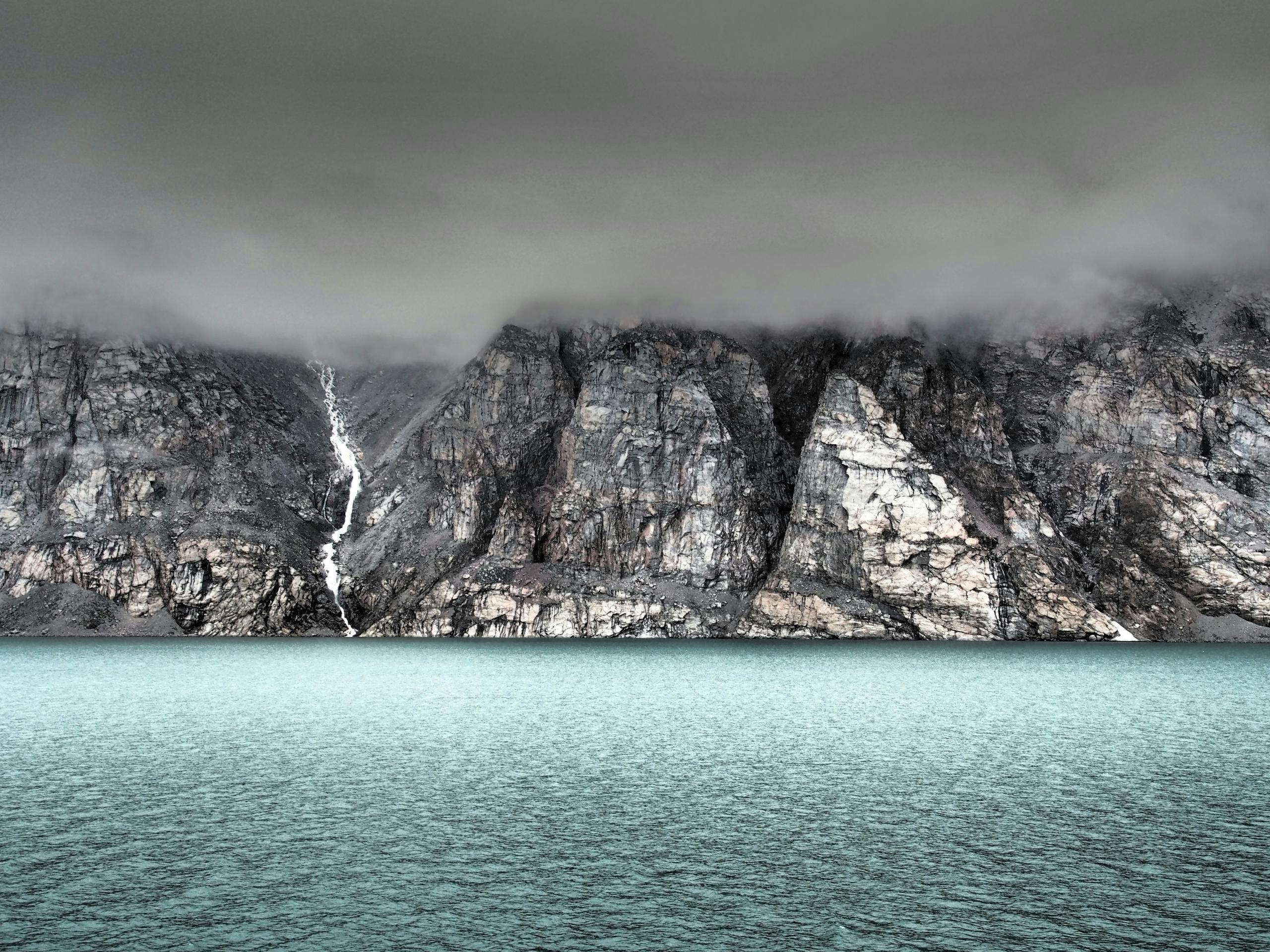
Baffin Island, Nunavut
Baffin Island is part of the Canadian Arctic Archipelago, offering visitors a chance to see polar bears in remote, ice-covered regions.
Wapusk National Park, Manitoba
This national park is home to one of the largest polar bear denning areas in the world. It’s a perfect destination for witnessing polar bear mothers and their cubs in the early spring.
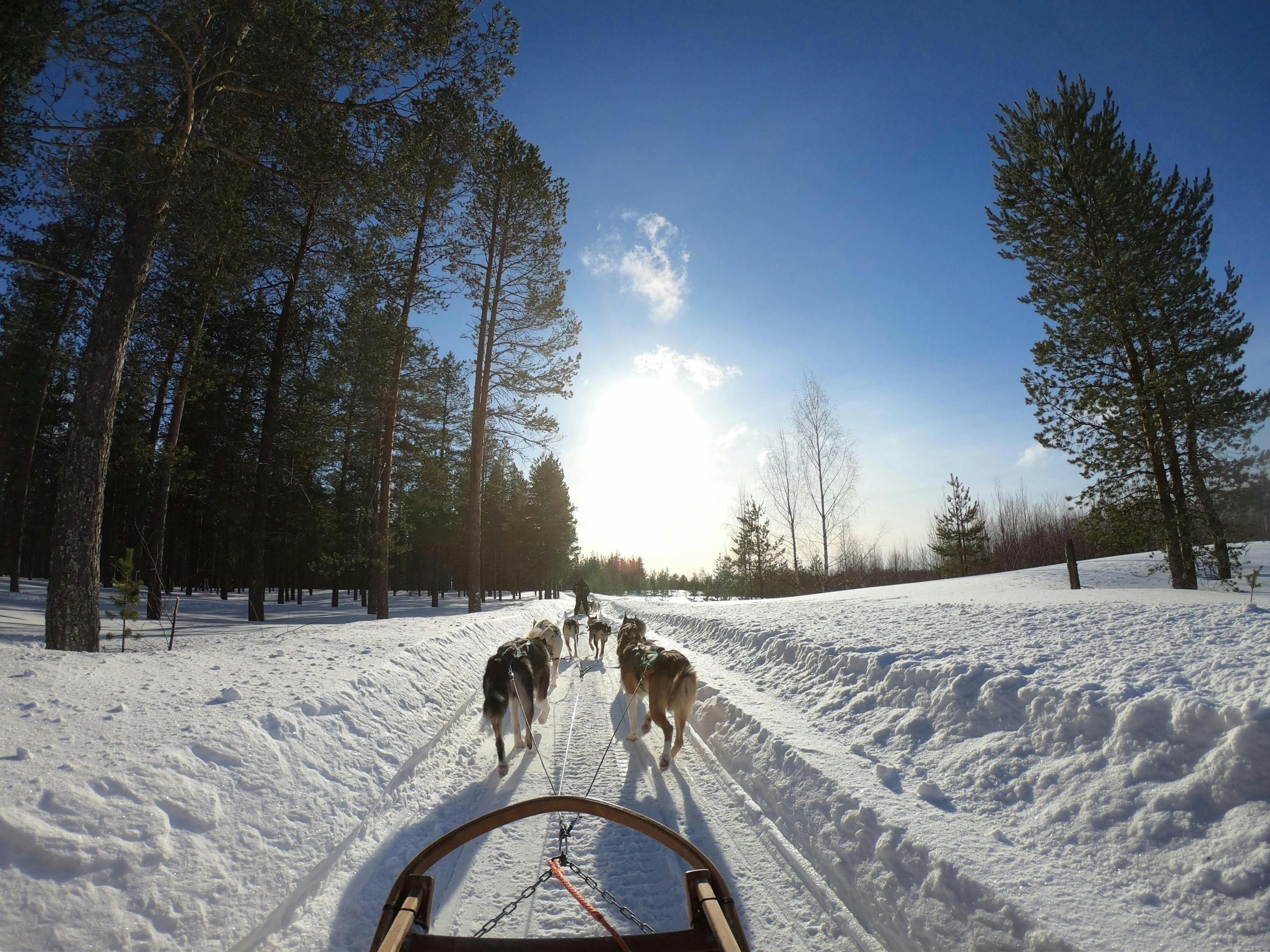
Each of these locations offers a unique experience for observing polar bears in their natural environment. Churchill is perhaps the most accessible, with regular tours available, while places like Baffin Island offer a more rugged, remote experience.
Wapusk National Park is particularly famous for its denning bears, giving visitors a rare opportunity to see mother polar bears and their cubs emerge from their dens in the spring. In all of these places, visitors can witness polar bears and the diverse wildlife that shares the Arctic with them, from the majestic moose to the elegant caribou.

Polar Bears in Canada: A National Symbol
Why is the polar bear a symbol of Canada? Polar bears have long been associated with the Canadian Arctic, and their image has become a national symbol representing the Canadian people's strength, endurance, and resilience. With most of the world’s polar bear population living in Canada, it’s no surprise that this powerful animal has become an emblem of the country’s northern wilderness.
One of Canada's most famous locations associated with polar bears is the town of Churchill, Manitoba, often referred to as the “Polar Bear Capital of the World.” Each year, hundreds of polar bears pass through Churchill as they wait for the Hudson Bay to freeze over, allowing them to venture out and hunt seals. This annual gathering of polar bears has made Churchill a prime destination for wildlife enthusiasts and researchers alike.
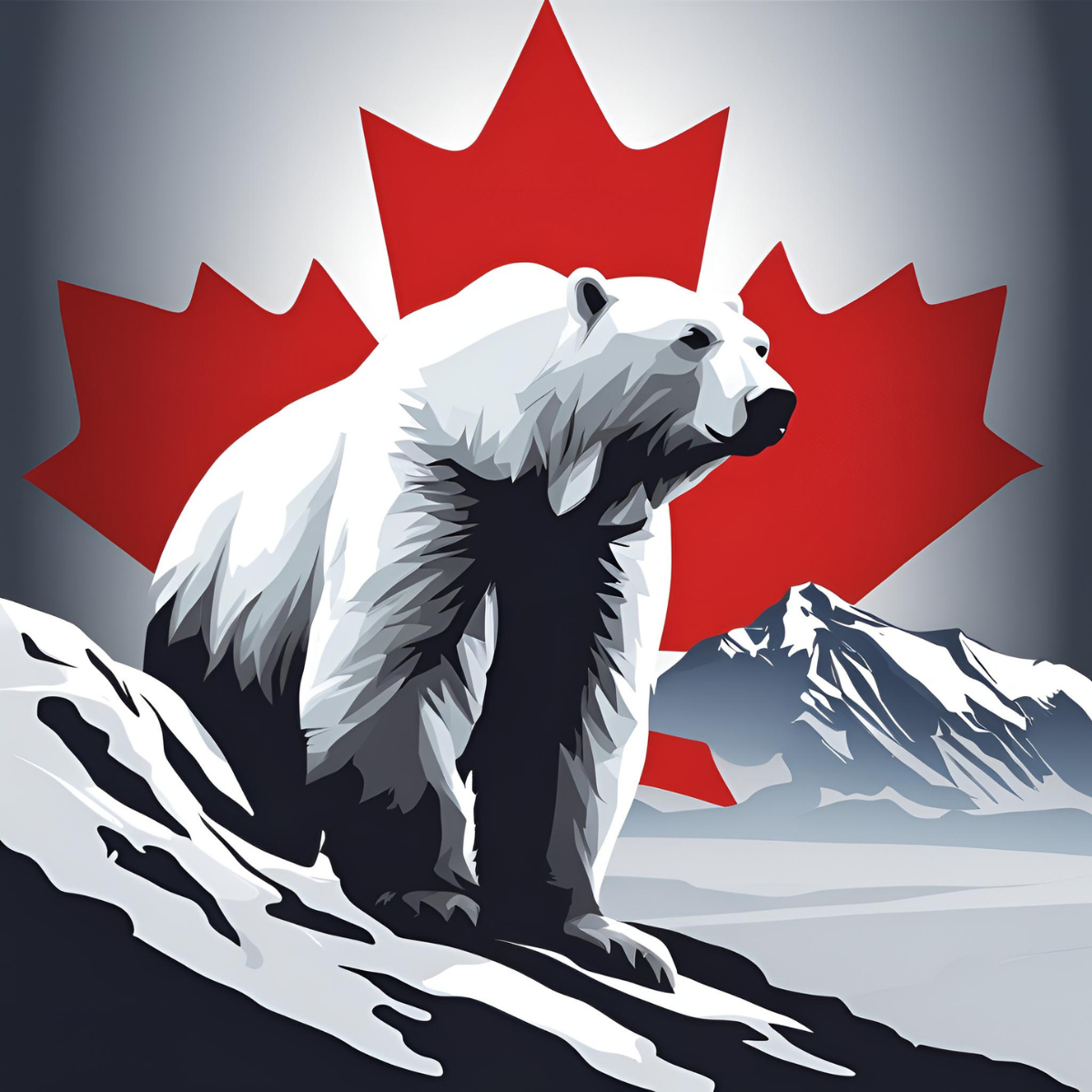
How Many Polar Bears Are Left?
Polar bears face increasing threats, and climate change and human activities have significantly impacted their population. It’s estimated that around 22,000 to 31,000 polar bears are left in the wild. These numbers vary across different regions, but the overall trend is concerning, with certain populations experiencing declines.
One of the biggest challenges polar bears face is climate change. The melting of Arctic sea ice is directly affecting their ability to hunt. Polar bears rely on sea ice as a platform to catch seals, their primary food source. As the ice melts earlier in the spring and forms later in the fall, they are forced to travel greater distances and expend more energy to find food. This has led to poorer body condition, reduced reproductive success, and increased mortality in some populations.
In addition to climate change, human activities such as oil and gas exploration and shipping routes in the Arctic also threaten polar bear habitats. As the ice recedes, new areas become accessible for industrial development, further disrupting the delicate Arctic ecosystem. These disruptions impact polar bears and other Arctic species like the mighty moose and caribou, which depend on stable cold habitats to thrive. Polar bears will face a difficult and uncertain future without urgent conservation efforts.
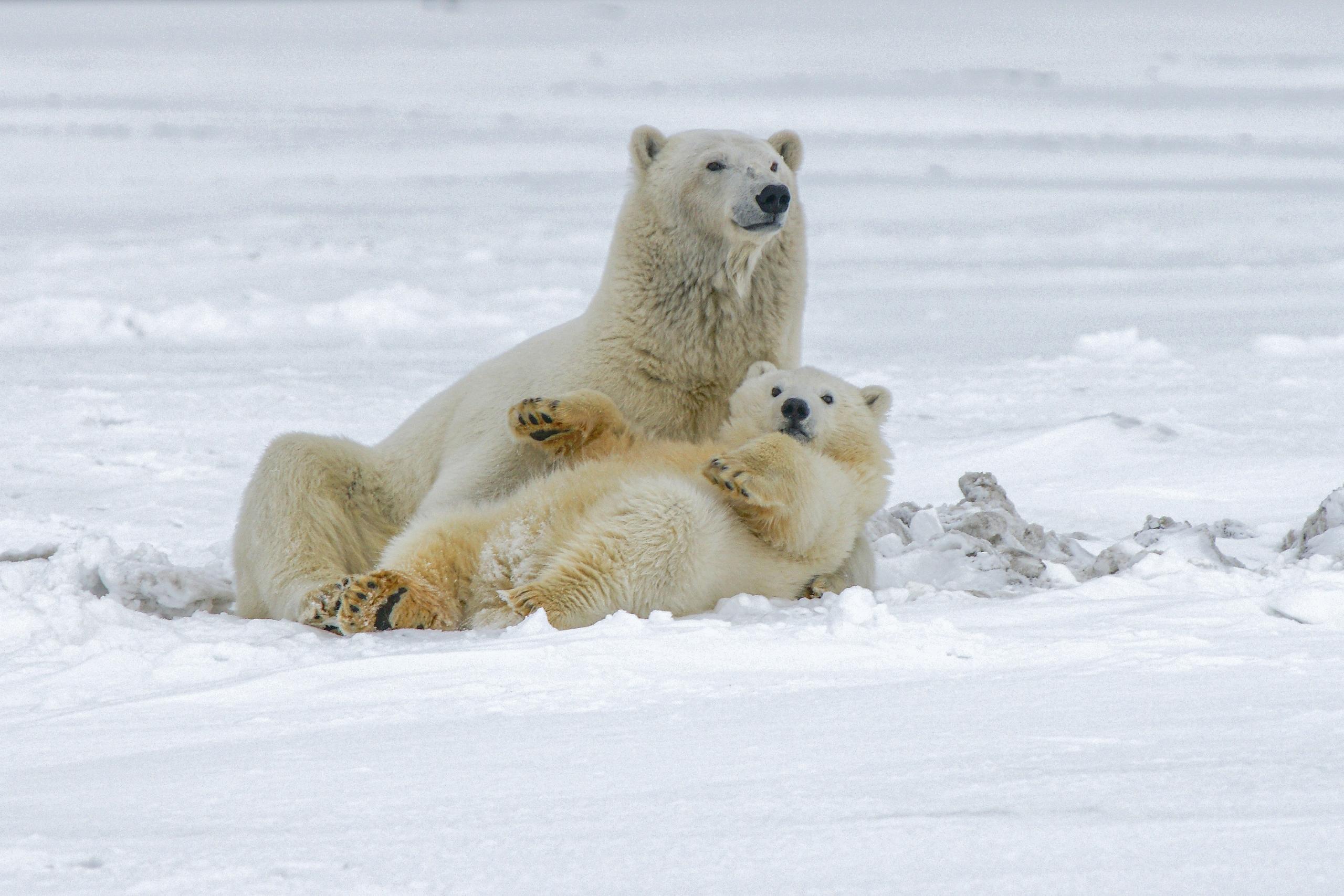
Conclusion
In conclusion, polar bears remain one of the Arctic's most fascinating and iconic species, symbolizing the region's wild and untamed beauty.
Their incredible adaptations allow them to survive in one of the harshest environments on Earth, making them the top predators of the Arctic. However, their challenges, from climate change to habitat disruption, mean their future is uncertain.
Whether you witness them in places like Churchill or Baffin Island, seeing polar bears in their natural habitat is an unforgettable reminder of nature's resilience and the importance of protecting it.

